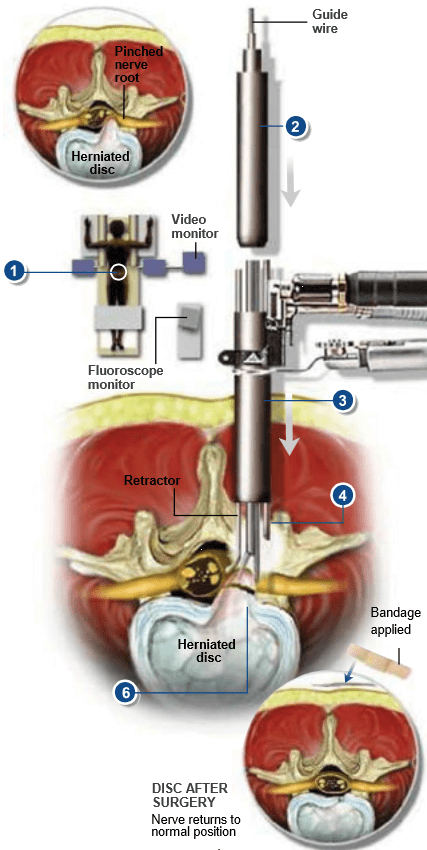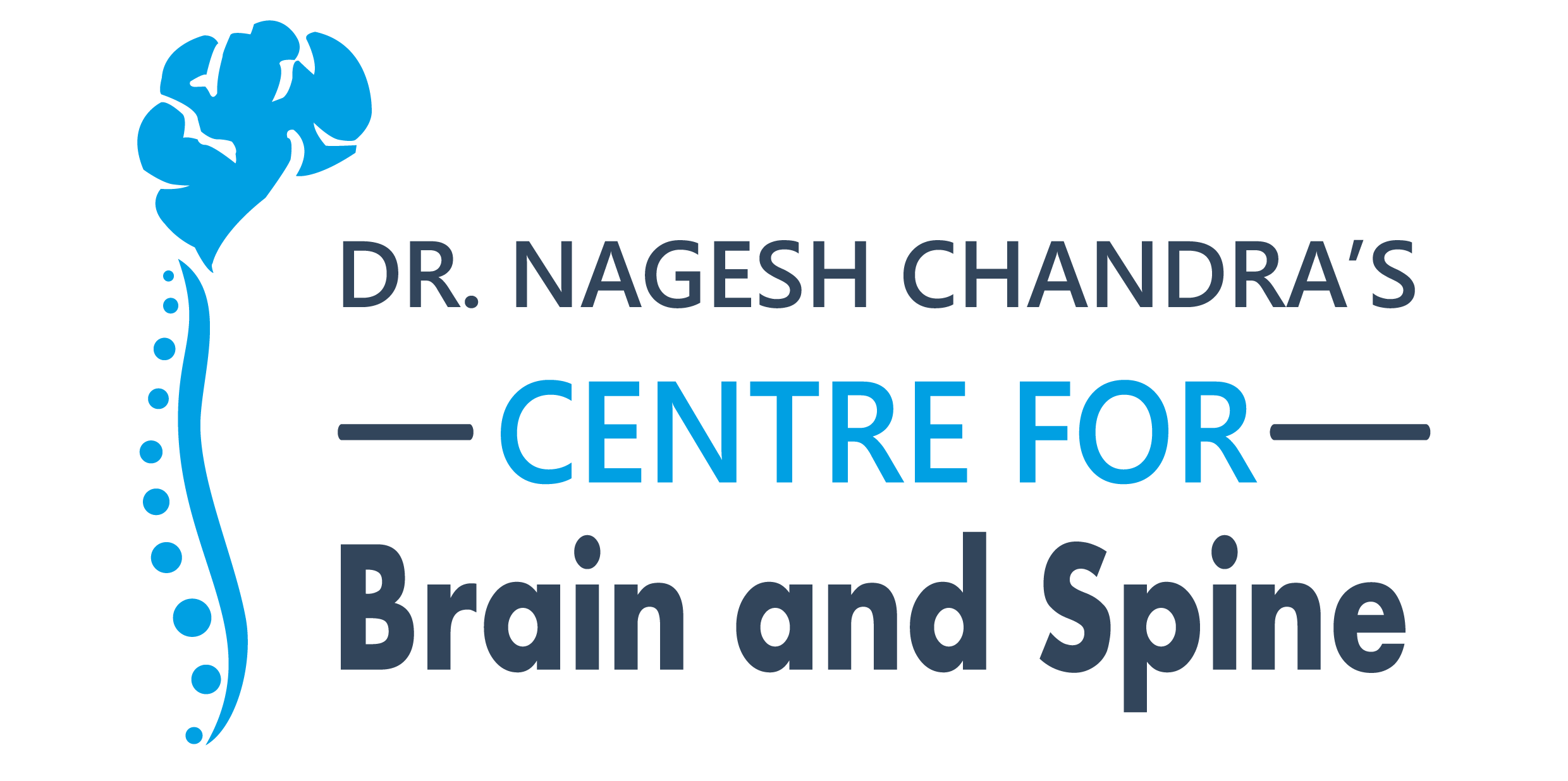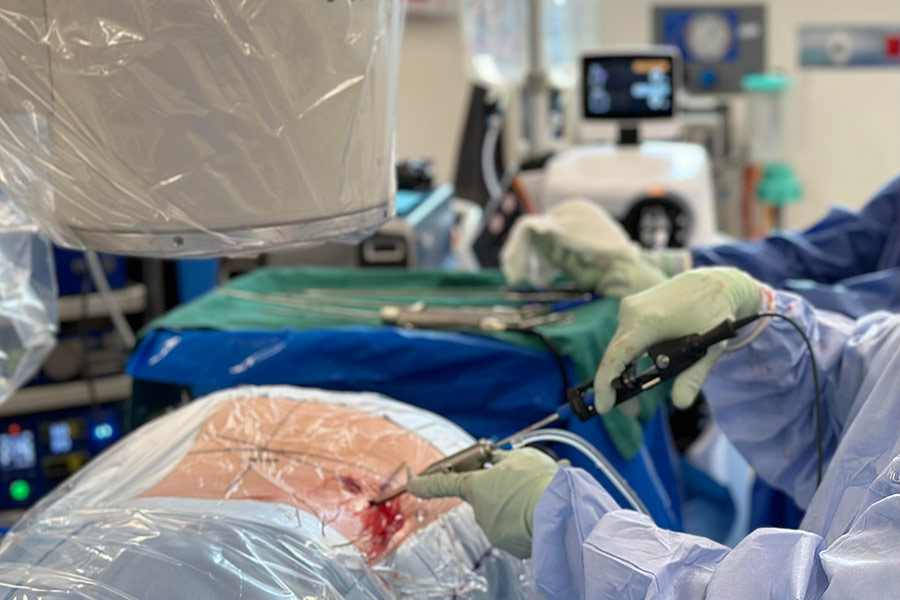Endoscopic spine surgery is a minimally invasive procedure for treating spine conditions. Unlike traditional open surgeries, endoscopic surgery involves small incision, that reduces damage to the surrounding tissues. One of the top neurosurgeon in Dwarka, Delhi, explained the endoscopic spine surgery in simple terms
Since endoscopic spine surgery protects the nearby tissues, it is widely recommended spine surgery for a lot of spine issues.
The smaller incision size, is less than an inch. This minimizes damage to muscles and tissues, leading to reduced pain, faster recovery. It enables to decrease hospital stays compared to traditional surgeries. Patients also experience very less blood loss, lowering the risk of complications during the surgery.
Indications for Endoscopic Spine Surgery:
Following are the spine disease or problems that need spine endoscopic surgery for patients:
- Disc Herniation: Endoscopic surgery is prescribed for treating herniated discs. The neurosurgeon visualize and remove the herniated portion.
- Spinal Stenosis: A condition characterized by the narrowing of the spinal canal. Surgery allows precise removal of bone or tissue causing the narrowing, providing relief from symptoms.
- Facet Joint Disease: Endoscopic surgery addresses facet joint issues, including arthritis or inflammation. By accessing the affected joint through small incisions, the neurosurgeon performs surgery.
- Foraminal Stenosis: When the openings (foramina) through which nerve roots exit the spinal canal become narrowed, endoscopic surgery decompresses the affected nerve roots
- Degenerative Disc Disease: When spinal discs undergo wear and tear, endoscopic surgery for spine relief by addressing damaged discs.
- Spinal Tumors: Endoscopic spine surgery is a good option for certain types of spinal tumors.
How spine endosccopic surgery in Delhi is done?

The endoscope, a thin tube with a light and camera, allows neurosurgeon to see the spine’s interior without any tissue disruption. This real-time imaging enhances precise treatment, enabling targeted treatment of above spinal problems.
The following steps are involved in spine sndoscopic surgery:

- The patient is positioned face down on the operating table, and the surgical area is sterilized.
- General anesthesia is administered to ensure the patient is unconscious and feels no pain during the procedure.
- One or more small incisions, usually less than an inch in length, are made near the affected area of the spine.
- Specialized tools are used to gently dilate the muscles and tissues, creating a path for the endoscope to reach the spine.
- The endoscope, equipped with a light source and camera, is inserted through the incision. The camera sends real-time images to a monitor, allowing the surgeon to visualize the internal structures of the spine.
- Surgical instruments inserted through additional small incisions to perform the necessary procedure, Like removing herniated discs, trimming bone spurs, or addressing other spinal issues.
- Once the procedure is complete, the instruments are removed, and incisions are closed with stitches or surgical glue.
In traditional open surgeries, extensive muscle dissection is necessary to access the spine. Endoscopic procedures, however, preserve more muscle integrity, contributing to improved postoperative function.
Other advantages of Spine endoscopic surgery
Along with small incision, it also has other benefits, listed below:
- With endoscopic spine surgery, patients can even go home on the same day, avoiding prolonged hospital stays. This not only reduces hospital costs and allows individuals to resume their normal routines sooner.
- The minimally invasive endoscopic spine surgery leads to lower infection rates. With smaller incisions, the risk of postoperative infections decreases compared to open surgeries.
- Endoscopic spine surgery are applied to various areas of the spine. Whether addressing cervical, thoracic, or lumbar spine issues, the endoscope provides a clean view for neurosurgeons to treat specific spinal conditions.
Risks associated with endoscopic spine surgery
While endoscopic spine surgery offer advantages, it also has potential risks and complications. Here’s the list of risks associated:
- Infection: Any surgical procedure carries a risk of infection. Despite efforts to maintain a sterile environment, bacteria can still enter the surgical site. Infections range from mild to severe and require additional medical intervention.
- Bleeding: Although endoscopic spine surgery involve smaller incisions and less bleeding but there is still a risk of bleeding. Excessive bleeding necessitate a blood transfusion or additional surgical intervention.
- Nerve Damage: The delicate nature of spinal surgery has a risk of unintended damage to nearby nerves. This result in temporary or, in rare cases, permanent neurological deficits such as weakness, numbness, or changes in sensation.
- Dural Tear: The dura is a protective membrane surrounding the spinal cord and nerves. A tear in the dura can occur during surgery, leading to cerebrospinal fluid leakage. While most dural tears can be repaired during the procedure, some require immediate attention.
- Incomplete Resolution of Symptoms: Success rates for endoscopic spine surgery are generally high, but there is no guarantee that all symptoms will be completely healed.
- Implant Issues: In some cases, implants during the procedure cause issues. This include migration of implant, breakage, or irritation, requiring surgery.
- Anesthetic Complications: Reactions to anesthesia, though rare, can occur and may range from mild allergic reactions to more severe complications.
- Postoperative Pain: While endoscopic procedures aim to minimize potoperative pain, some degree of discomfort is normal.
- Deep Vein Thrombosis (DVT) and Pulmonary Embolism: Prolonged immobility during and after surgery can increase the risk of blood clot formation. DVT can lead to more serious complications such as a pulmonary embolism if a clot travels to the lungs.
- Scar Tissue Formation: The body produce excessive scar tissue in response to the surgery. This scar tissue potentially compress nerves and lead to symptoms similar to those experienced before surgery.
Endoscopic spine surgery is a significant successful procedure in spinal care. Its minimally invasive feature offer numerous benefits, including reduced pain, faster recovery, and lower complication rates. If you are facing any of the issues given in this article, you can always connect with top neurosurgeon in Delhi and consult Dr. Nagesh Chandra.
Frequently Asked Questions
Endoscopic Spine Surgery is completely safe with a success rate of 95%
In the following conditions, spine endoscopic surgery is prescribed:
- Spipped Discs
- Spinal stenosis.
- Scoliosis and kyphosis.
- Spinal tumors.
- Vertebral compression fractures.
- Infection in the spine.
The cost of endoscopic spine surgery in Delhi can range between Rs. 1.5 Lakh to Rs. 5 Lakh

